Parking at schools
Parking restrictions apply near schools to help keep children safe.
Dropping your children off at school can be stressful and there can be a lot of traffic. Road rules apply to all drivers near schools, especially around entrances, bus stops, and pick-up and drop-off zones.
The best way to keep kids safe in school zones is to obey the parking restrictions and school speed zones.
Our Community Parking Officers monitor school parking zones. We issue fines to people who breach parking restrictions in school zones. We also use automated number plate recognition technology in school parking areas.
For more information about road rules that apply in school parking zones, please visit Department of Transport and Main Roads.
To report any faded, damaged or missing car park signs, please call us on 07 3412 3412 or email us at council@logan.qld.gov.au.
Common road rules that apply in school zones
On-the-spot fines apply for disobeying the following road rules:
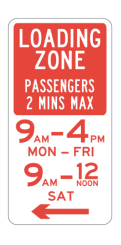
Drop-and-go zones (passenger loading zone)
Most schools have a passenger loading zone area for drop-off and pick-up. This sign indicates an area designated for picking up or dropping off passengers. You must not remain in the zone for longer than signed (generally 2 minutes). This sign often displays times during which the loading zone applies.
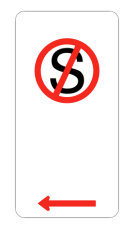
No Stopping
Drivers must not stop or park vehicles in an area with a No Stopping sign. This means you must not stop in this area even if only to drop off or collect passengers. No stopping areas may be marked using these signs and/or with a continuous yellow line marked on the road. Signs are placed in areas like road corners and near pedestrian crossings to improve visibility and safety.
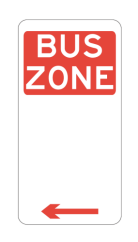
Bus stop and bus zone
You must not stop a vehicle in a bus stop or bus zone unless you are driving a bus. Drivers must not stop a vehicle within 20 metres before and 10 metres after a bus stop. This makes sure that buses have enough room to enter and exit the bus stop safely. Leaving plenty of room around bus zones allows good visibility for drivers and pedestrians.
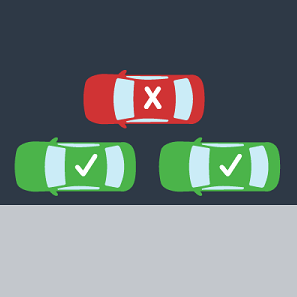
Double parking
Drivers must not double park by stopping their vehicle between the centre of the road and another vehicle parked on the side of the road. This includes vehicles parked in angle-parking bays. Double parking is dangerous: it creates a high risk of collision and increases the risk that children will cross the road between vehicles.
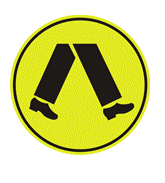
Pedestrian/children crossings
The pedestrian crossing sign warns drivers of the presence of a pedestrian (zebra) crossing on the road. Drivers must not stop on a pedestrian crossing within 20m before or 10m after the crossing.
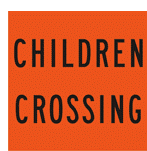
Crossing flags
Children crossing flags are displayed on crossings near schools where children cross the road. A children’s crossing may also be supervised. Keeping a distance of 20 metres before or 10 metres after a crossing makes sure children using the crossing are kept safe.
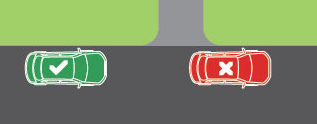
Driveways
Drivers must not obstruct a driveway or stop a vehicle on or across a driveway unless the driver is dropping off or picking up passengers. Drivers stopping to drop-off or pick-up passengers must stay in their vehicle and drive off within two minutes after stopping.
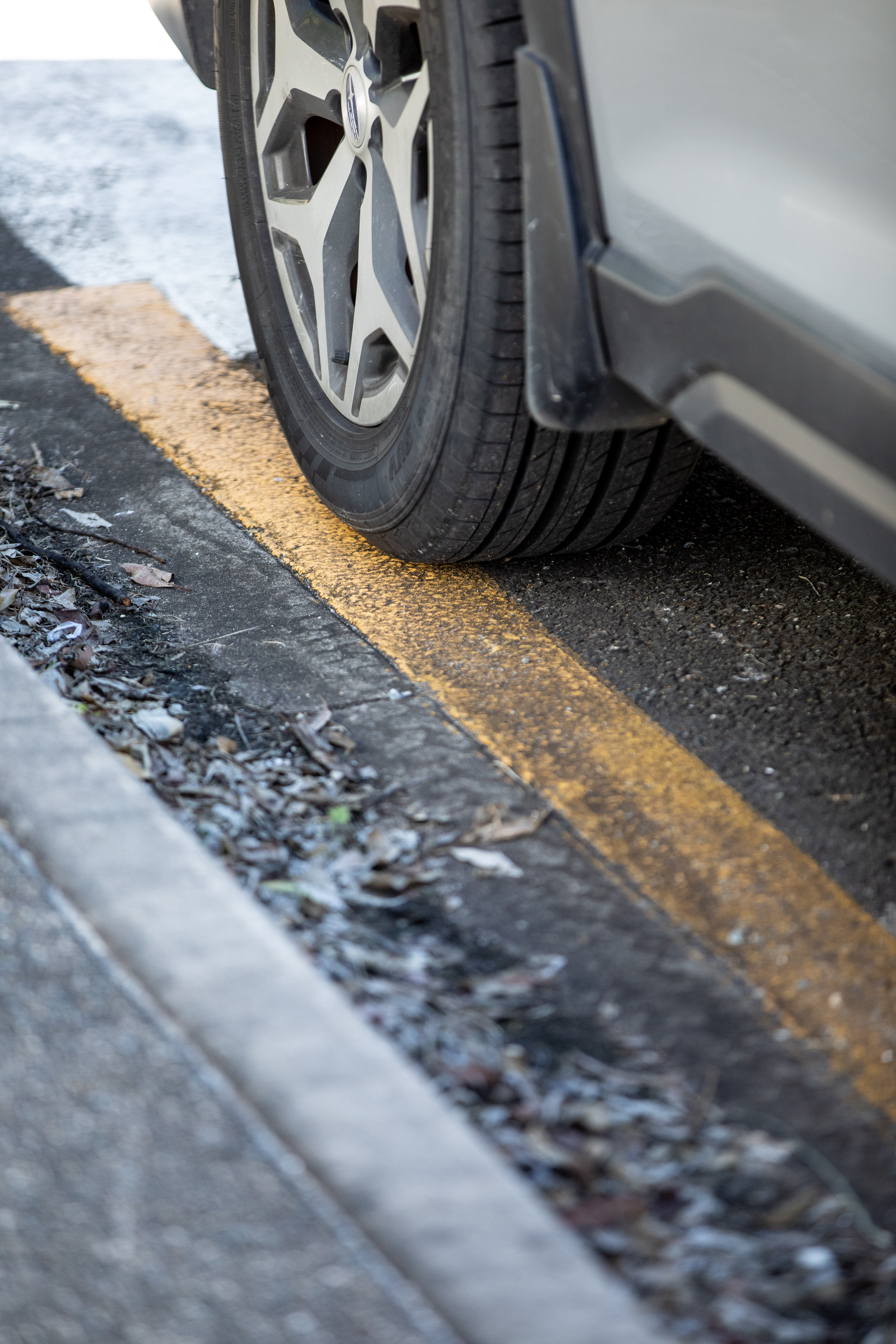
No stopping on a yellow line
Drivers must not park or stop where there is a continuous yellow line painted along the edge of the road.
Where can I park in a school zone?
Every school has different parking requirements. We are in the process of creating parking maps of Logan schools to help residents understand where they can legally park around a school zone.
Select a school from the links below to view the parking map for that school. If your school isn’t listed below the parking map is still being developed.
School Parking Maps
- Browns Plains State and High Schools parking map (PDF 1.7 MB)
- Burrowes State School parking map (PDF 6.3 MB)
- Carbrook State School parking map (PDF 5.27 MB)
- Crestmead State School parking map (PDF 5 MB)
- Flagstone State School parking map (PDF 51 KB)
- Harris Fields State School parking map (PDF 5 MB)
- Kimberley College parking map (PDF 1.28 MB)
- Logan Reserve State School parking map (PDF 1.42 MB)
- Mabel Park High School parking map (PDF 1 MB)
- Marsden State School parking map (PDF 133 KB)
- Regents Park State School parking map (PDF 945 KB)
- Rochedale South State School parking map (PDF 6.8 MB)
- Waterford State School parking map (PDF 3.16 MB)
- Waterford West Primary School parking map (PDF 1.2 MB).